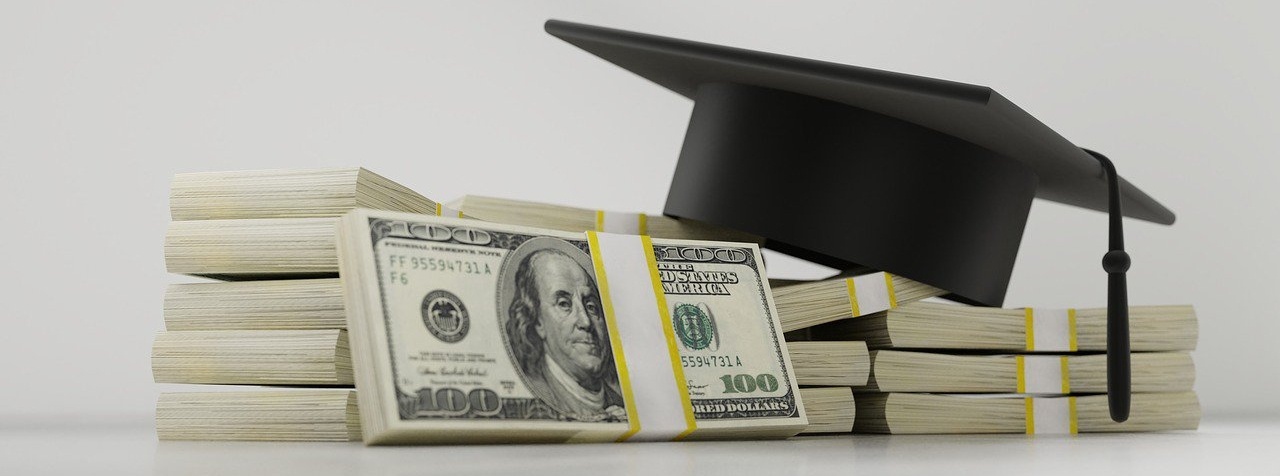What Happens When You Default on Your Student Loan?
If you’ve ever worried about defaulting on your student loans, you’re not alone.
With the average 2016 college grad in debt to the tune of $37,172 and chronically stagnant wages for new graduates, it’s no surprise so many people find themselves concerned about keeping up with monthly payments.
But what does “default” really mean? How late does a payment have to be before you start to experience serious consequences?
Let’s walk through the default timeline for both federal and private student loans, and then talk about how you avoid the D-word altogether.
Defaulting on your federal student loans
After one day
Your federal student loans are considered “delinquent” the day after you miss a payment. Your lender may start contacting you at any point to let you know that your loan is in trouble—by phone, email, or mail.
After 90 days
Your lender will report your delinquency to the major national credit bureaus. Now the delinquency will start to hurt your finances.
For instance, you could have trouble signing up for basic services such as utilities or a cell phone plan, getting a car loan, renting an apartment, or getting other forms of credit. Interest rates will also be higher.
However, it’s important to know that you still have some options at this point. You may still be able to defer your loan, go into forbearance, or choose a different repayment plan such as Pay as You Earn (PAYE), Revised Pay as Your Earn (REPAYE), Income-Based Repayment (IBR), or Income-Contingent Repayment (ICR).
After 270 days
You are in default. Lenders will report your status to the credit bureaus, and your credit score will decrease even further.
Here’s what can happen after you’re officially in default:
- Your entire loan balance plus interest can become due immediately.
- You are no longer eligible for deferment or forbearance.
- You cannot take out any other federal student loans.
- The federal government can seize your tax refunds and federal benefit payments.
- The government can also garnish your wages — requiring your employer to send as much as 15% of each paycheck toward your loan.
- Your school may refuse to let you have your academic transcript until your loan is paid.
- The lender may sue you. You may have to pay attorney fees, court costs, or collection fees.
See also: How to Get Student Loans Out of Default — What You Need to Know About Loan Rehabilitation.
Defaulting on your private student loans
There is no “one size fits all” timeline for default on private loans, as each lender has different terms. Here’s a very general timeline of what could happen after you miss a payment:
After one day
You’ll probably start hearing from your lender soon after you miss your first payment. Some lenders will even start contacting your cosigner well before you go into default.
However, some lenders may consider you “in default” after your first missed payment.
After 60-90 days
This is typically when most private lenders consider you in default — although for some, it’s sooner.
Here’s what could happen now:
- Your lender may demand that you pay back the balance immediately — including interest.
- Your cosigner will hear from your lender if they haven’t already.
- Your lender may pass you on to a debt collector. You and your cosigner will get frequent, hassling collection calls and letters about the debt. They may contact other family members and your employer as well.
- Your lender will report the default to credit bureaus — for both you and your cosigner. Both your credit scores will suffer.
- Your lender may add late fees and collection charges that increase your balance by as much as 40%.
- Your lender may sue you or your cosigner. If the court rules against you, your wages could be garnished by as much as 25%. Your bank account or property could also be seized.
What to do
If you think you’re in danger of defaulting on your private loan, it’s important to be proactive. Get in touch with your lender immediately. Remember, lenders would rather have you pay than go into default. There may be programs to modify your payments so you can stay in “current” status.
For example, you may be allowed to make interest-only payments, or you may be able to change the term of your loan to lower the monthly payments. Some private lenders even allow forbearance, although it’s important to remember that you’ll still be charged interest during that time, which means you may have even higher payments after your forbearance is over.
Another option is refinance your student loans to reduce your monthly loan payment. Check out our Student Loan Refinancing Calculator to learn more.

